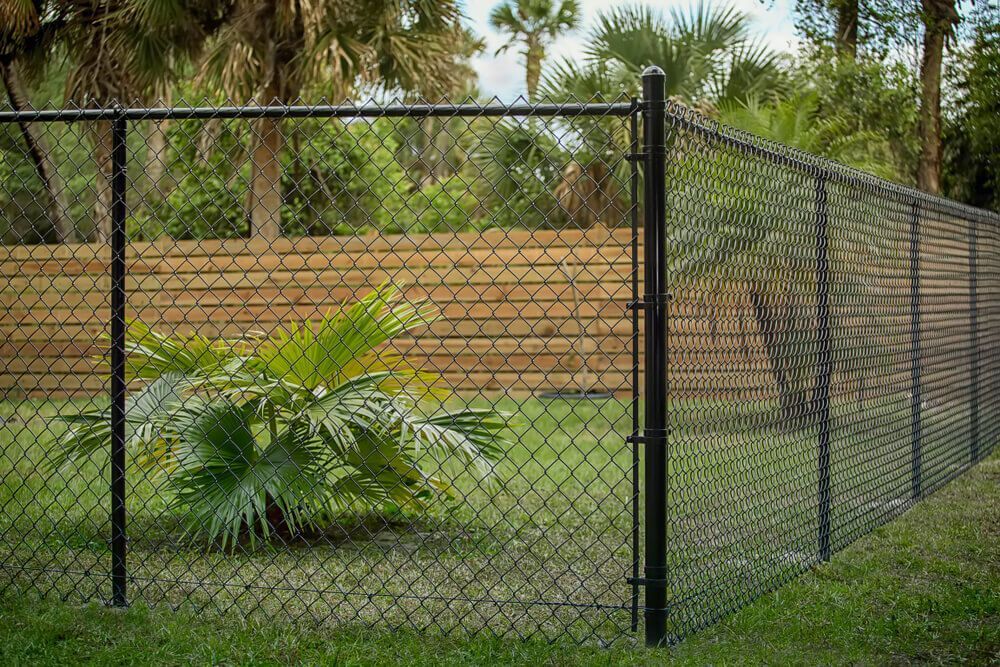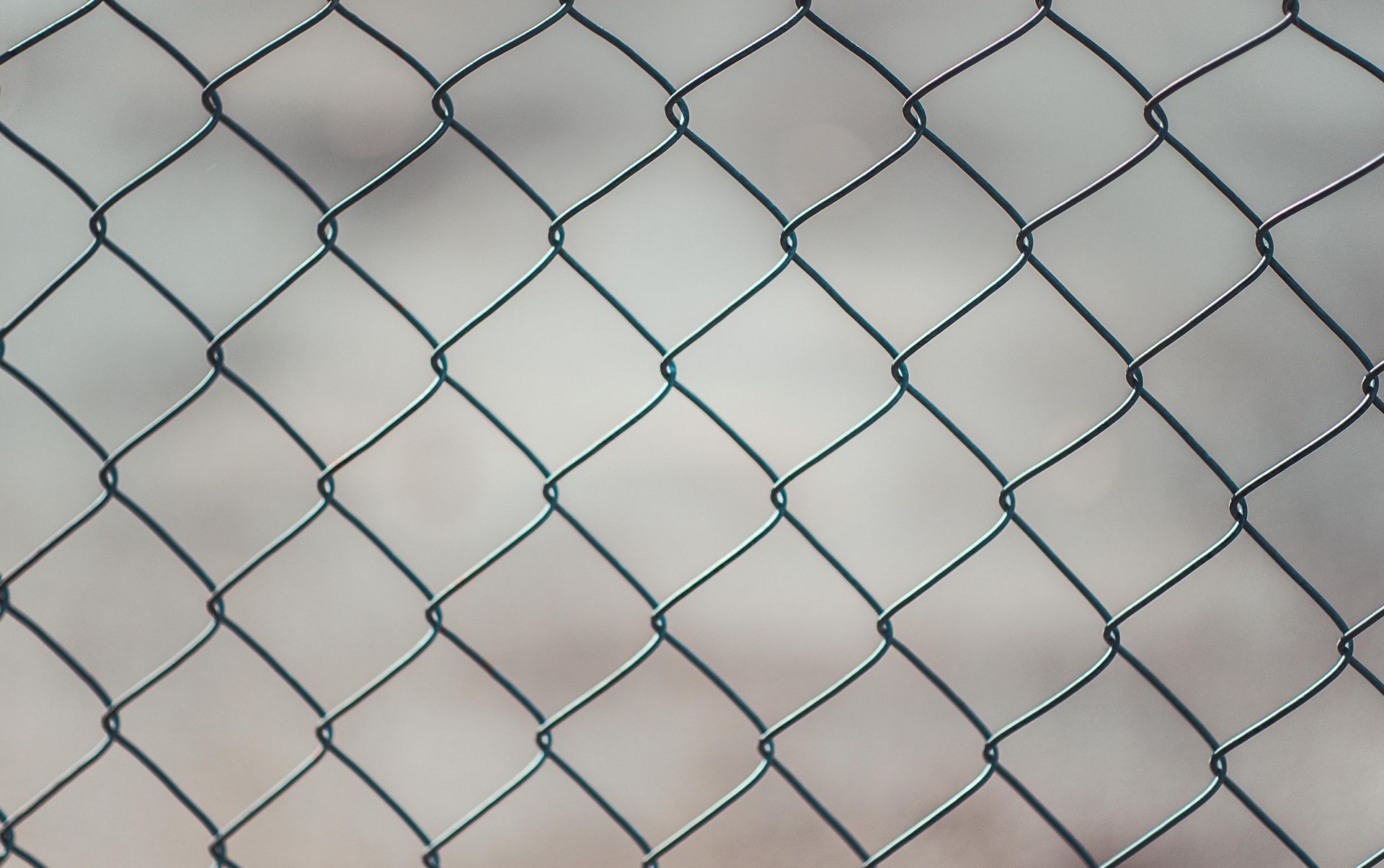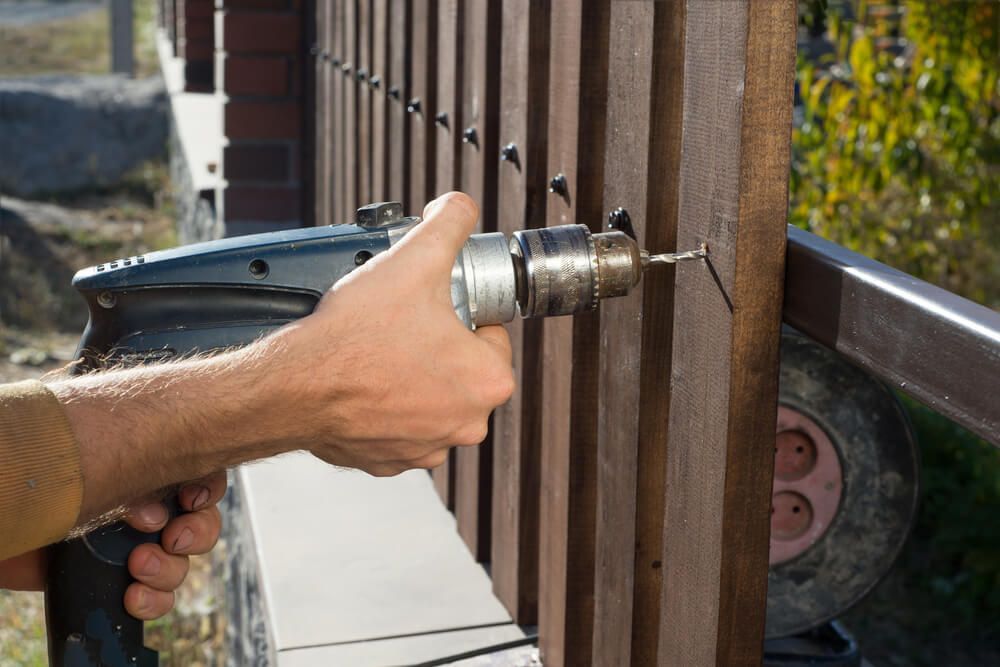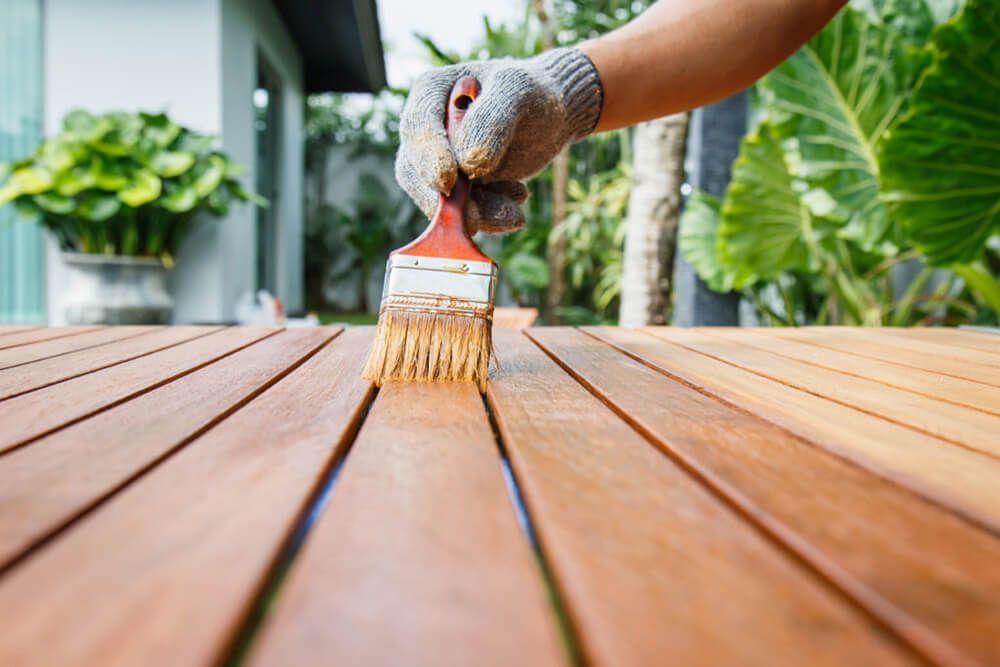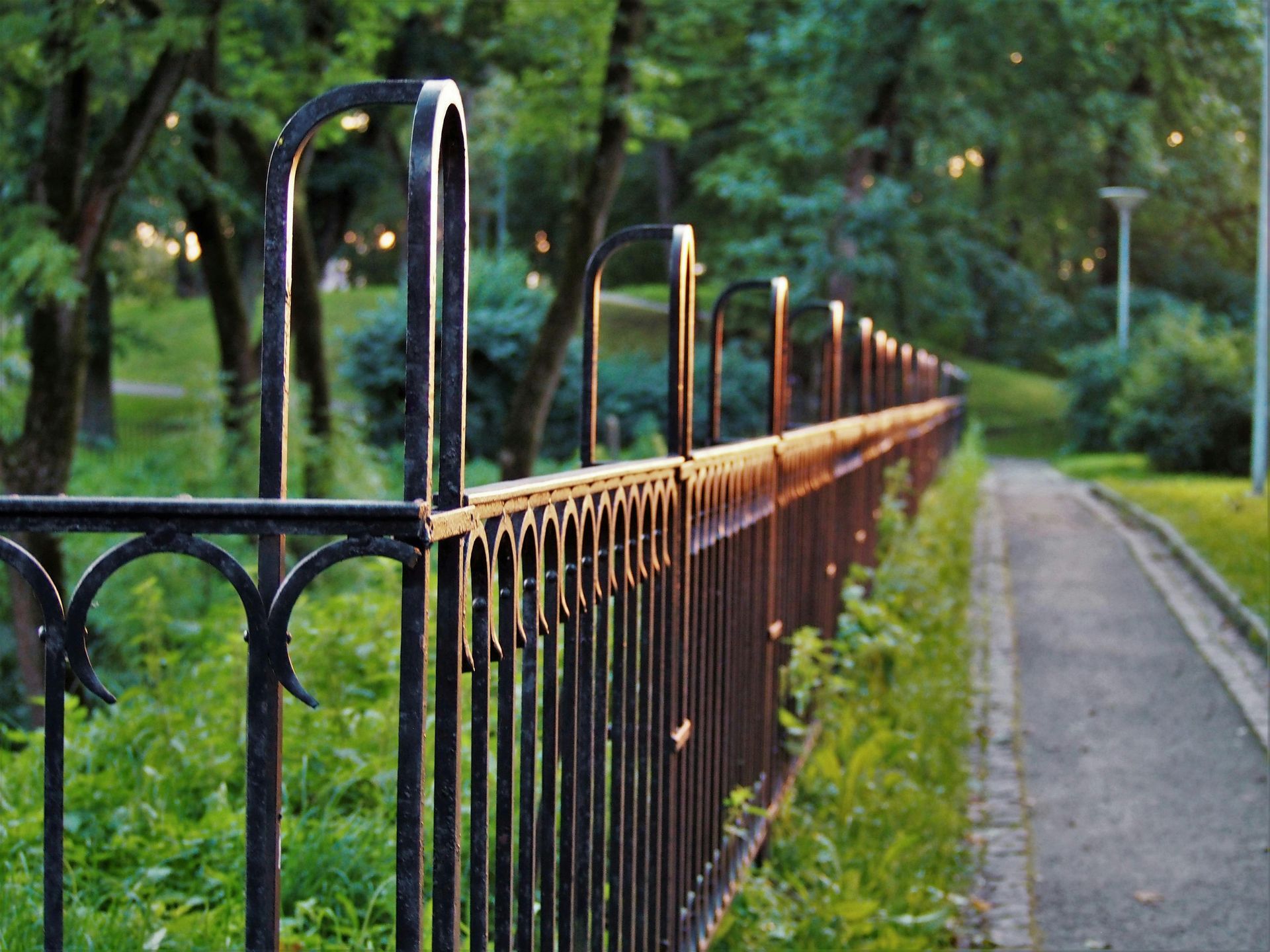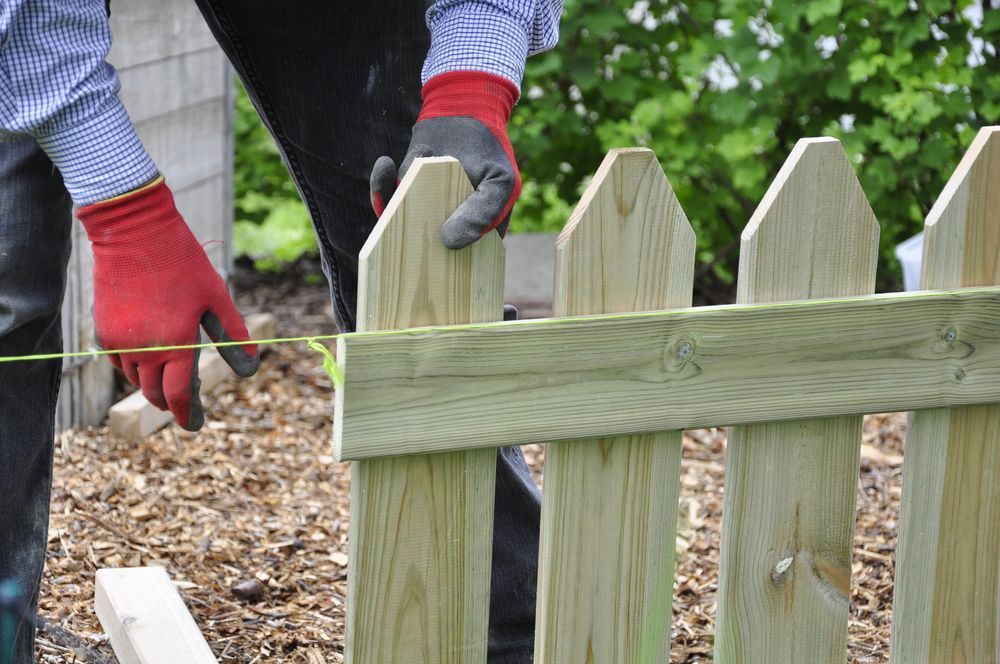Great Climbing Vegetables to Incorporate With Your Privacy Fence
Privacy fences have been trendy for as long as neighbors have existed. While they have unquestionable practical benefit, they aren’t the most aesthetically pleasing addition to your backyard. But what if there was a way to make the necessary privacy fence a beautiful addition to your backyard as well? More so, what if it was possible to have a beautiful fence that also yielded a miniature produce harvest? Read on to find out how to get this best-of-both-worlds situation from Carnahan-White Fence Co.
Take It Vertical!
Homeowners have loved gardening, but what if you took it vertical? There are several advantages to taking the vegetable garden to your fence. Vegetables are easier to harvest without the dreaded neck pain from bending over all day. Not to mention, there is less sand and dirt, a fence can be washed, and it is easier to monitor diseases and pests without digging through the weeds. Planting vegetables upwards instead of in a flower bed can also make more effective use of smaller garden spaces. Regardless of your level of creativity, a fence covered with rich green vines is an unusual core for the garden and provides a barrier for the backyard. Any type of fence can be turned into a vegetable trellis with the proper selection of vegetables and little to no modification.
Which Veggies to Choose?
So what vegetables should you hunt for on your next trip to the nursery? Begin by choosing a vegetable or plant that can be described as ‘vining’ or ‘trailing’. Peas are good options. Cucumber, pumpkin, and lentil grape varieties (avoid the shrub variation); tomatoes of uncertain type (which means that they will continue to grow as long as there is room); eggplant; pepper; melon; zucchini; and cantaloupe, squash, or small varieties of watermelon fruits (up to 4 to 6 pounds when ripe).
Best Planting Tips
Plant your seeds or starters at the foot of the fence, paying attention to the spacing between the plants. Think of it like planting them into rows of crops in a garden. When the plant matures, train the growing skills and vines on the fence. For wire mesh or chain link fences, move the vines in and out of the woven mesh every few days. Remember, this requires dedication at the other end of the growing season, when the deadened ends must be pulled out of the fence. For other types of fences, such as those with vertical panels or horizontal panels, please fix the plants on the panels with plant straps. After the gardening season is over, any leftover remnants of your plant can be composted into the remainder of your garden to provide a healthy base for next year.
Wood Privacy Fences by Carnahan-White
We want you to enjoy your privacy fence to the fullest. If you plan on having a garden near your fence, consider these planting tips! Contact Carnahan-White or call (417) 883-0733 to talk to us about what you envision for your place.

